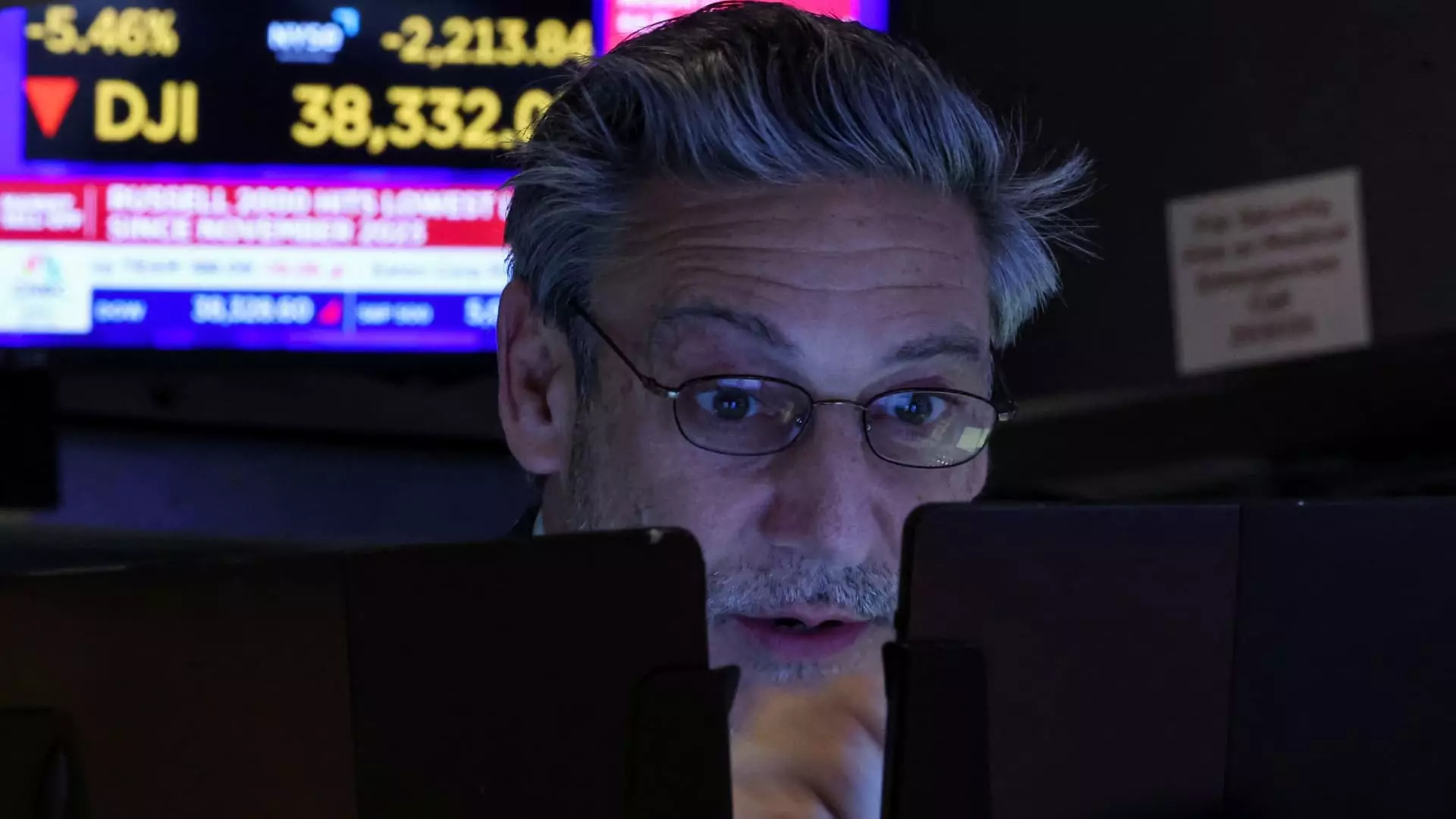In the whirlwind world of finance, where fortunes are made and lost in mere seconds, stock market halts serve as crucial safety valves. These interruptions in trading, designed to prevent irrational market panics, have become a necessary tool in our increasingly volatile economic landscape. The instances of such halts are often triggered by steep declines prompted by geopolitical tensions, economic policies, or unforeseen crises—like the infamous market collapse in March 2020 during the onset of the COVID-19 pandemic. Though some may regard these halts as a mere inconvenience, they are essential shields against the chaos that can lead to unrestrained market crashes.
Consider this: when President Trump’s tariffs escalated global trade tensions, the immediate impact on equities was profound. It’s shocking how quickly sentiment can shift, sending traders into a frenzy. The stock market isn’t just a reflection of economic realities; it is also a living organism that reacts sensitively to news, whether good or bad. Understanding the importance of these trading halts is crucial for anyone vested in the market.
Understanding Circuit Breakers: Safety Nets or Crutches?
The mechanics of trading halts might seem dry at first glance, but their significance cannot be overstated. Think of circuit breakers as a necessary intervention, akin to a firefighter rushing to extinguish a spreading blaze. Three levels of intervention exist, each designed for progressively severe market downturns. Level 1 engages when the S&P 500 drops by 7%. This tranquil 15-minute pause can feel like an eternity, where traders reassess their positions and gather their wits. Level 2 occurs when the drop reaches 13%, while Level 3—a catastrophic decline of 20%—may halt trading for the entirety of the day.
But here’s the kicker: while these trading halts aim to maintain market integrity, they can also create a paradox. They provide a false sense of security to the less experienced trader, who may assume that a sudden pause in trading is a sign of an impending recovery. Yet, history teaches us that what goes up can come crashing down, and more often than not, the market doesn’t provide a safety net when it truly needs one.
The Psychological Impact of Downward Trends
Even the most seasoned traders are not immune to the psychological ramifications of market declines. The statistics are staggering: a 6% drop in the S&P 500, which occurred recently, acts like a relentless wave against the shore, further eroding investor confidence. It’s terrifying to consider that such significant declines can swiftly escalate into broader fears of economic collapse. The sobering reality is that when the perceived prosperity of the market begins to falter, fear often becomes the predominant emotion, and ill-advised trading decisions follow suit.
Moreover, the phenomenon of “bear markets”—defined as a decline of 20% or more from recent highs—can turn even the most rational and strategic investors into jittery wrecks. The control anyone has over timing their investments seems to evaporate as uncertainty looms larger. In an era of instant communication, bad news spreads like wildfire and prompts snap reactions that lead to even greater losses.
Bracing for the Future of Trading
The current state of the stock market carries the weight of uncertainty and trepidation, stirring murmurs among analysts and investors alike. With indicators pointing toward an unpredictable landscape, the global market looks to navigate treacherous waters yet again. People, gripped by a mix of nostalgia for the past and fear of the future, often forget the resilience inherent in the market cycle. History has shown that while halts may serve a purpose, ultimately, it is the sustained psychological resilience of traders that determines how quickly the market can recover.
Moreover, the interplay of governmental policies promises to play an even more dynamic role in the stock market landscape of the future. As economists and policymakers tinker with fiscal levers, the immediate repercussions could sow further discord or, conversely, instill a renewed sense of confidence. But resting on the laurels of trading halts and circuit breakers won’t be enough. A deeper understanding of market psychology, risk, and volatility is necessary for investors to navigate the uncertainties ahead.
In this age of financial turbulence, it will be critical for traders and investors alike to adapt to shifting tides. Perhaps the biggest lesson to take away is this: in the stock market, vigilance and preparedness are paramount. The unexpected is often around the corner, and while halting trading may give a moment’s reprieve, the storm always returns.

